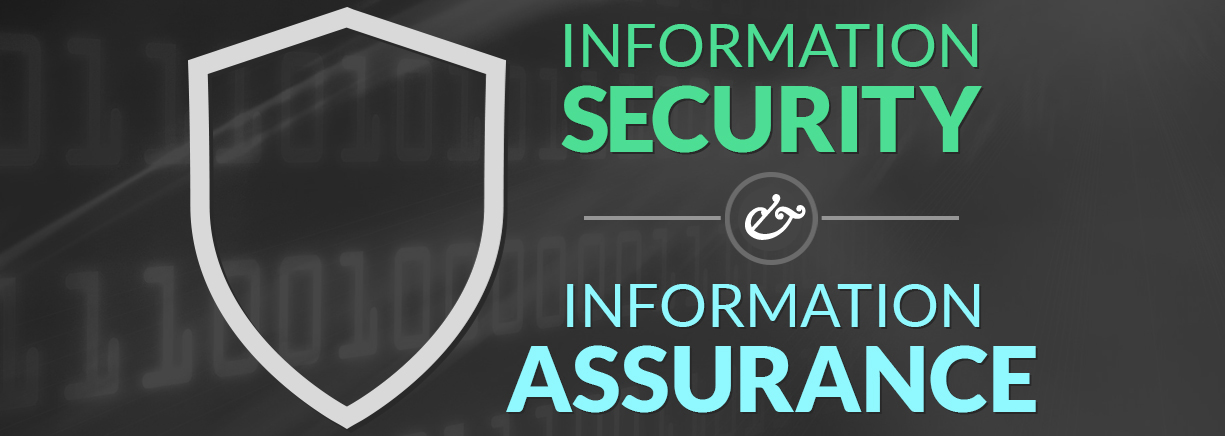- Teacher: Manny Alipio
Quantitative methods are formalized principles that serve as the foundation for a rigorous research process that includes the formulation of research questions, research design, data selection and analysis, and interpretations and conclusions.
The data will be linked to specific variables, and standardized methods are applied for data collection (for example in expert assessments, observations, interviews or formal testing). The variables can thus be expressed in numerical form, and the data material can be described in the form of tables, graphs or statistical measurements such as averages, variances and correlations, and analysed with the aid of e.g. analysis of variance, factor analysis or regression analysis (Befring 2015:131–160).
Even though quantitative methods are characterized by stringent requirements for structure, the methods also provide room for flexibility and pragmatic adaptation. Combined designs using "mixed methods" that include qualitative as well as quantitative data are therefore increasingly used (Cresswell 2014:215–240). This may imply that a qualitative study is included as a pilot study, or that qualitative data are used as the basis for a subsequent quantitative analysis. In addition, the data collection may be undertaken qualitatively (e.g. in the form of essay assignments) while the analysis is undertaken quantitatively. In this case, the information in the essays will be quantified and prepared for statistical processing.
Moreover, qualitative methods can be used to
elaborate on findings from a survey. While surveys are able to provide a
general overview of the matter at hand, qualitative data have the potential to
provide more detailed insight into the opinions and experiences of the
informants.
It is an essential requirement for researchers to have fundamental ethical
attitudes that permit them to conduct all stages of the research process in an
honest and credible manner.

- Teacher: Lourdes Padirayon
This course covers the concepts, issues, problems, trends, challenges, and opportunities related to information assurance and security. It also covers the latest enabling technologies for the security of information and vital assets in an enterprise. These include access controls, information security governance and risk management, security architecture and design, cryptography, physical security, telecommunication and network security, application security, legal, regulations, compliance, and investigation.

- Teacher: Sonny Boy Sasis